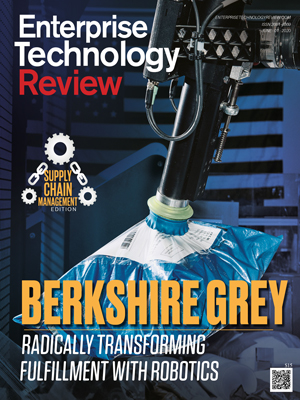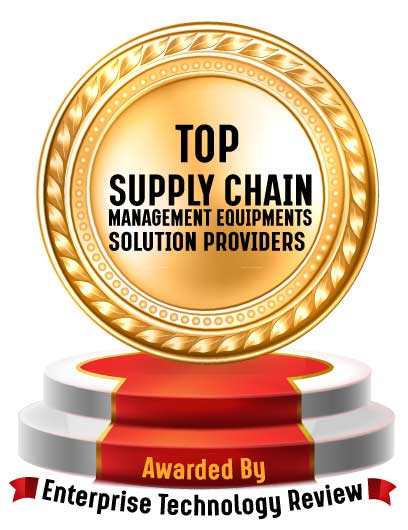As digitalization transforms the business landscape, organizations need to move faster, adapt quicker, learn more rapidly, and align itself to dynamic market demands in order to be successful. However, this philosophy, though true to its last word, is easier said than applied in reality; especially for suppliers, manufacturers, wholesalers, distributors and retailers. Often times, developing, manufacturing and selling a product can challenge even the best of companies. As organizations’ business drivers change from time to time, it is essential their business processes, supply chain management (SCM) technology investment, and their overall approach to SCM also change and keep pace. An inefficient or poorly functioning supply chain can adversely affect every aspect of a company, jeopardizing the performance and success of a business.
To ensure success, companies require organization-wide buy-in to supply chain excellence. They also need to re-evaluate their performance and ensure that their strategies are aligned with key trends such as the growing importance of demand planning and collaboration, globalization, increased competition and price pressures, opportunity in outsourcing, and a focus on efficient product lifecycle management processes. To succeed organizations must also embrace supply chain excellence as a core competency at all levels. This will especially be impetrative during and in the aftermath of the COVID-19 pandemic.
As supply chain networks have evolved with time and become more complex, there is a need for greater and improved supply chain technology. ERP and SCM solution providers have made great strides and significant investments in developing solutions to address this need in areas like network and inventory optimization, product lifecycle management, sales and operations planning, manufacturing optimization, logistics optimization, RFID, procurement and business intelligence.
These technologies have paved the way for supply chain information workers to drive innovation, reduce costs, improve service and meet or even exceed customer expectations. Emerging technologies such as blockchain and IoT are helping organizations make supply chains more transparent by delivering the required data real-time and allowing them to recognize process inefficiencies, equipment inefficiencies or other incidents. They also help reduce human errors, allowing companies to meet transparency expectations from higher ups and consumers. Last but not least, these solutions also enhance productivity and profitability by enabling employees to report information in real-time.
We present to you the “Top 10 Supply Chain Management Equipments Solution Providers 2020.”

















